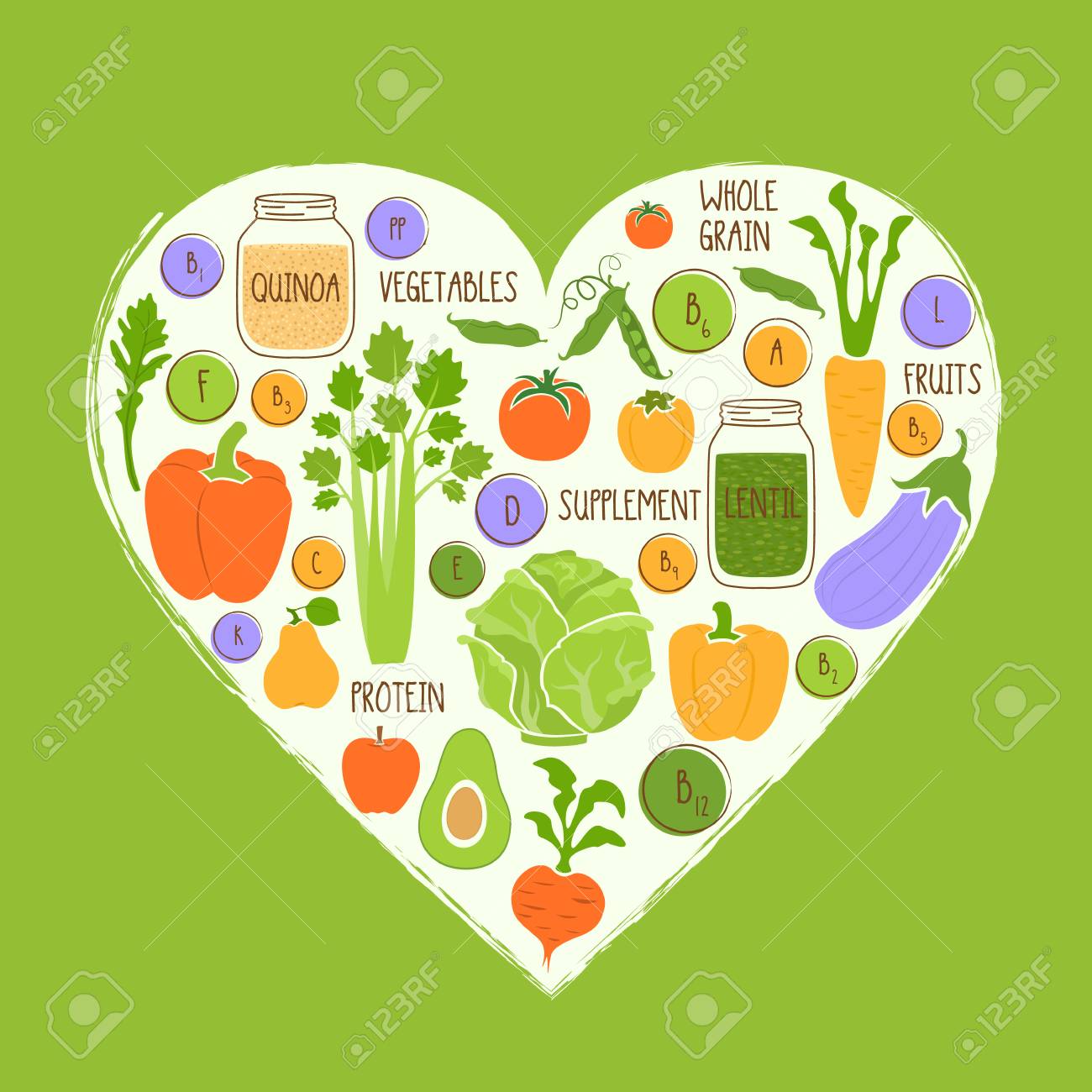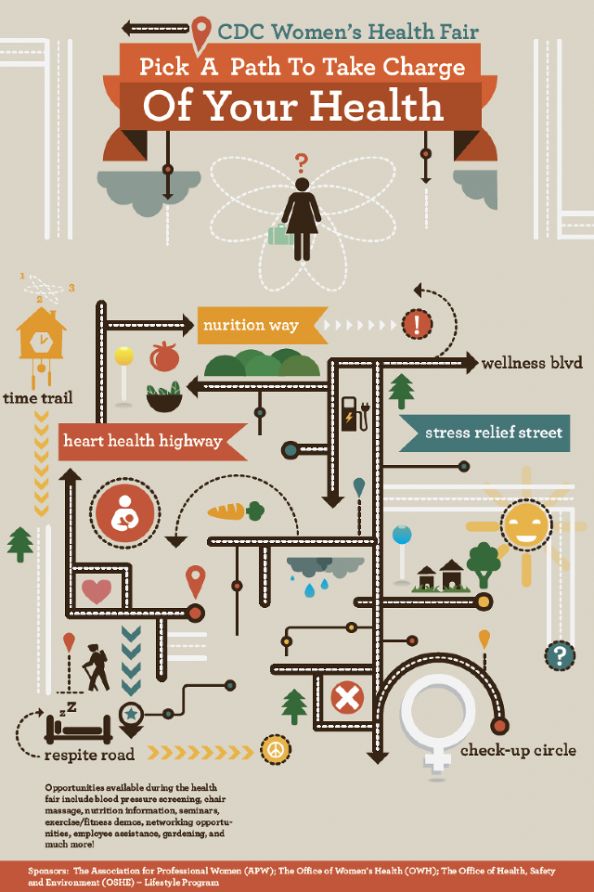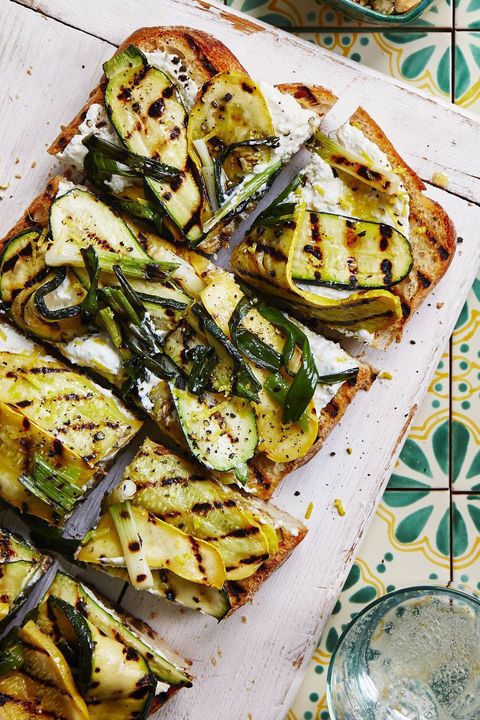
Avocados and other foods high in nutrients may help you to prevent diabetes. Whole grains are good sources of antioxidants, as well as being rich in fiber. Reducing your risk of developing type 2 diabetes is possible by switching to whole grain instead of refined. You can replace refined flour with whole grains in baking and cooking. For baked goods, half of the whole wheat flour can be substituted for white.
For a healthy snack, try some yogurt. You can reap many health benefits from yogurt. It has high-quality protein and calcium. It is a healthy snack that contains no added sugars, which is a big difference from other sugary snacks. Greek yogurt can be eaten by people who are lactose intolerant or with no problems. Avoid regular brands as they are often loaded with sugar. You can either choose Greek yogurt or low fat varieties.

You can also snack on fruits and vegetables. Among the best fruits and vegetables for eating are apples. They are rich sources of fiber and antioxidants. Studies have shown that apples' skins contain six times the amount of quercetin in their flesh than their flesh. Yogurt and seaweed are also high in fatty acids, and can help reduce your risk of developing type 2 diabetes. Don't forget water! This is one of the most important things you can do to maintain a healthy diet and avoid disease.
Green leafy vegetables should be consumed along with fruits and vegetables. These vegetables are high in fiber, vitamin A and calcium and very low calories. Green leafy greens can be eaten raw, or cooked. You can reduce calories by choosing romaine lettuce, iceberg, and radicchio leaves. These can be added to soups and stews as a great addition.
Besides fruits and vegetables, there are also other foods that can prevent diabetes. Almonds and spinach are two of the best foods to prevent diabetes. These foods are low-calorie and high in carbohydrates and rich in fiber and antioxidants. They also help to regulate blood sugar levels. To make a tasty snack, dip apples in almond sauce or add them to oatmeal. This is one of your best options for preventing diabetes. You are less likely to develop type 2 diabetes if you drink coffee regularly than if you don't.

Numerous studies have shown that citrus fruits are associated with lower rates of diabetes. Citrus fruits like oranges, tangerines and lemons are rich in vitamin C, flavonoids and soluble fiber. They are also lower on the glycemic impact than many other fruit types. Grapefruits should be restricted for diabetics. They can interact with certain medications so consult your doctor before eating any grapefruits.
FAQ
Which are the top 10 foods you should eat?
These are 10 of the best foods to eat.
-
Avocados
-
Berries
-
Broccoli
-
Cauliflower
-
Eggs
-
Fish
-
Grains
-
Nuts
-
Oats
-
Salmon
How do you get enough vitamins?
Most of your daily vitamin requirements can be met by diet alone. Supplements are an option if you are low in any vitamin. You can purchase a multivitamin that includes all of the vitamins you need. Or you can buy individual vitamins from your local drugstore.
Talk to your doctor about the best foods for vitamins if you're concerned about not getting enough nutrients. Dark green leafy vegetables like spinach, broccoli and kale, as well as turnip greens and mustard greens such as turnip and mustard greens and bok choy, are rich in vitamins K & E.
Ask your doctor for advice if you are unsure how much vitamin to take. Based on your medical history and your current health, your doctor can recommend the correct dosage.
How often do I need to exercise?
A healthy lifestyle requires regular exercise. However, there isn't a set amount of time you must spend working out. Finding something that you love and sticking with it is the key.
You should aim to do 20-30 minutes of moderate intensity exercise three times per week. Moderate intensity means that you will still be working hard even after your workout is over. This type workout burns about 300 calories.
Walk for at least 10 minutes four days a weeks if you prefer walking. Walking is low-impact, easy on your joints, and it's also very gentle.
You can also run for 15 minutes, three times per week. Running can help you burn calories and to tone your muscles.
You should start slowly if it's your first time exercising. Begin with 5 minutes of cardio every other day. Gradually increase duration until you achieve your goal.
What are the top 10 healthy habits?
-
Eat breakfast every day.
-
Don't skip meals.
-
Eat a balanced, healthy diet.
-
Drink lots of water.
-
Take good care of your body.
-
Get enough sleep.
-
Avoid junk food.
-
Do some exercise every day.
-
Have fun
-
Meet new people.
What is the difference in a virus and bacteria?
A virus is a microscopic organism that cannot reproduce outside its host cell. A bacterium (or single-celled organism) reproduces by splitting itself into two. Viruses are small, around 20 nanometers in size. Bacteria are much larger, at 1 micron.
Viruses are usually spread through contact with infected bodily fluids, including saliva, urine, semen, vaginal secretions, pus, and feces. Bacteria is usually spread directly from surfaces or objects contaminated with bacteria.
Viral infections can be transmitted through skin cuts, scrapes and bites. They can also penetrate the skin through the eyes, nose or mouth.
Bacteria can get into our bodies through cuts, scrapes and burns, insect bites, or other skin breaks. They may also come into our bodies through food, water, air, soil, dust, or animals.
Both viruses and bacteria can cause illness. But viruses do not have the ability to multiply within their hosts. So they only cause illnesses when they infect living cells.
Bacteria can spread within the host and cause illness. They can even invade other parts of the body. To kill them, we must use antibiotics.
Is being cold good for your immune system.
Cold causes a decrease in immune system strength. This is because white blood cells are less effective at fighting infection. You will feel less pain if you are cold.
Why do we need to have a healthy lifestyle?
Having a healthy lifestyle helps us live longer, happier lives. Regular exercise, healthy eating habits, healthy sleep habits and stress management can all help prevent strokes, heart disease, diabetes, and cancer.
A healthy lifestyle can also help improve mental health and make it easier to deal with daily stressors. Healthy lifestyles will increase self confidence, and make us look and feel older.
Statistics
- WHO recommends consuming less than 5% of total energy intake for additional health benefits. (who.int)
- nutrients.[17]X Research sourceWhole grains to try include: 100% whole wheat pasta and bread, brown rice, whole grain oats, farro, millet, quinoa, and barley. (wikihow.com)
- In both adults and children, the intake of free sugars should be reduced to less than 10% of total energy intake. (who.int)
- WHO recommends reducing saturated fats to less than 10% of total energy intake; reducing trans-fats to less than 1% of total energy intake; and replacing both saturated fats and trans-fats to unsaturated fats. (who.int)
External Links
How To
27 steps to a healthy lifestyle if your family only eats junk food
Cooking at home is the most popular way to eat healthier. This is difficult for people who don't know how to cook healthy meals. This article will offer some suggestions on making healthier dining choices at restaurants.
-
Select restaurants that offer healthy dishes.
-
Before ordering meat dishes, order salads and other vegetables.
-
Ask for sauces with no added sugar.
-
Avoid fried items.
-
Ask for grilled meats, not fried.
-
If you don't really need dessert, do not order it.
-
Make sure that you have something else to eat after dinner.
-
You should eat slowly and chew well.
-
When you eat, drink plenty of fluids.
-
Do not skip breakfast or lunch.
-
Have fruit and veggies with every meal.
-
Choose milk over soda
-
Try to avoid sugary drinks.
-
Reduce salt intake.
-
Try to limit the time you go to fast food places.
-
If temptation is too strong for you, invite someone to be your friend.
-
Make sure your kids don't spend too much time on TV.
-
Keep the television off during meals.
-
Do not consume energy drinks.
-
Take frequent breaks from your job.
-
Exercise early in the morning.
-
Move every day.
-
Start small and increase your knowledge slowly.
-
Set realistic goals.
-
Be patient.
-
Even if you don’t feel like exercising, make time for it.
-
Positive thinking is key.